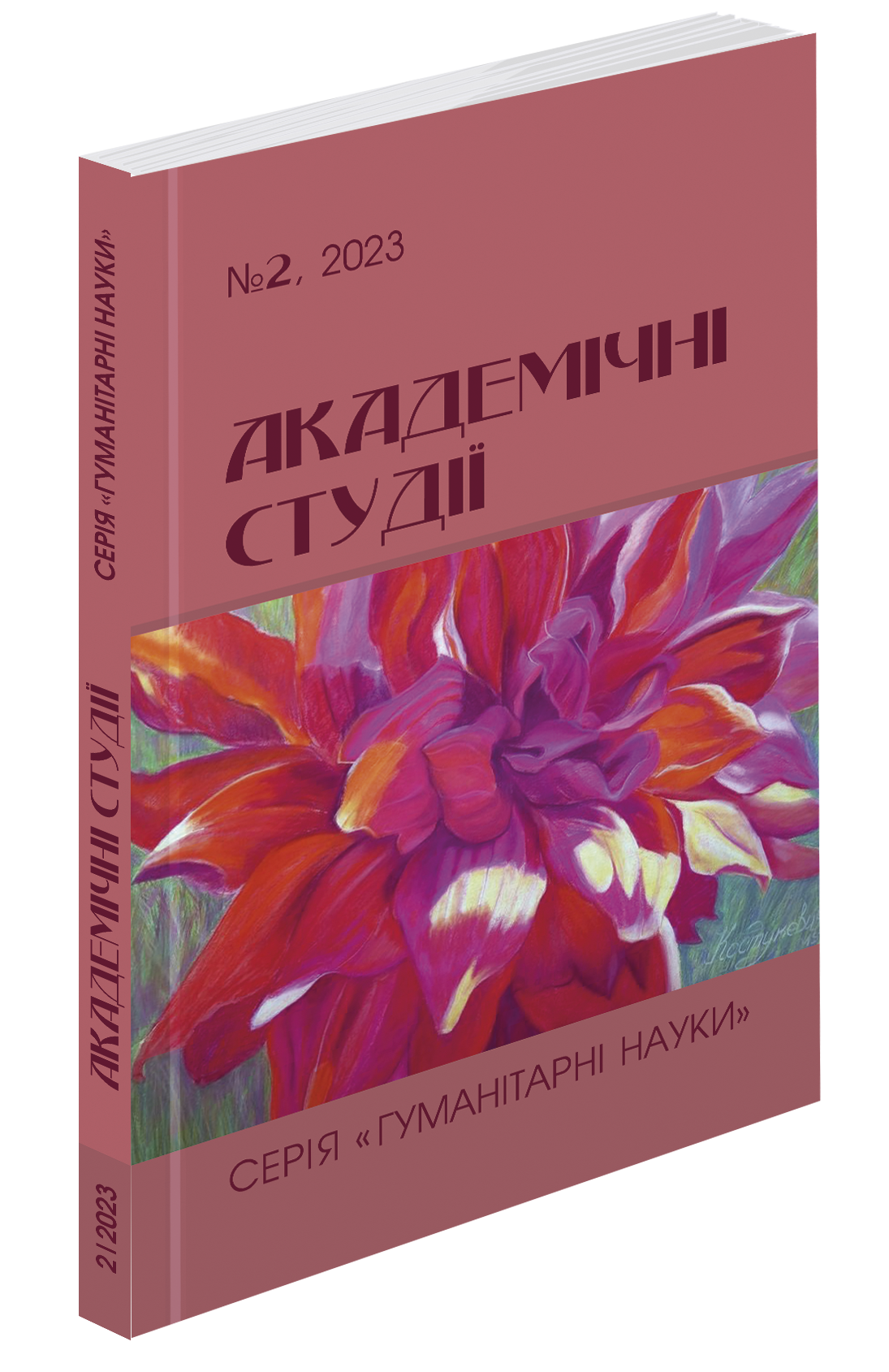Abstract
Civilization is built around the city, so the active development of the “urban text”; is often perceived as a sign of cultural superiority, a stable artistic tradition. The city-centricity of Ukrainian literature has been silenced for a long time in order to create an image of “second-rateness” against the background of the achievements of the empire, but at all times it was developing, reflecting new stages of the creation of a national urban environment. The article analyzes and distributes the models of the urban environment as they appear in Ukrainian art of different periods according to their functional features. Along with that, established concepts are defined, which are closely related to the types of cities, which determine the corresponding ideological and thematic orientation of the works belonging to one or another space. The oldest thematic concept related to the image of the city is power. Fortified fortresses, developed administrative centers or the largest settlement of the tribe necessarily have their leaders, regardless of the level of development. The city as the personification of power has a powerful line of development, often dependent on historical realities: a capital, a province, a colony, a conquered city or a prison city are distinguished here – all of them represent one or another type of community relationship with representatives of the ruling elite. Another, no less ancient concept is the city-temple, a sacred topos of worship. Here the motives of resisting or conquering sin are realized, and the scale of the problem expands: a person or a community interacts with higher forces, are concerned with global issues. Except external signs (presence of cathedrals, temples, simply places for worship), such topos are often idealized, depicted as if from the outside. A democratic model, which represents a horizontal (all equal) rather than a vertical (hierarchical) structure, is a market city. Variations are possible – a fair, a carnival, a port, each of which is of “lowland”, folk life. Another important model presented in the article is the city-academy, an educational and cultural center within which a certain ideology is formed. This concept, in our opinion, is later, moreover, it is limited by the historical course of events as it is closely related to the biographies of the prototype characters. According to the results of the research, the peculiarities of the named models and their transformation in the process of formation of Ukrainian literature were revealed.
References
Агеєва В. «Бути самій собі ціллю…». Урбанізм і фемінізм : урбаністичні студії ІV. Київ : Всесвіт, 2018. С. 112–127.
Вихор І. Поетичний топос міста та його тематичні різновиди. Studia methodologica. 2011. Вип. 31. С. 140–144.
Турунен А. Забуті історії міст: як багатство та культурний розвиток здобуваються толерантністю. Київ : Ніка-Центр, 2018. 280 с.
Яковенко Н. Дзеркала ідентичності. Дослідження з історії уявлень та ідей в Україні XVІ–початку XVIII століття. Київ :Laurus, 2012. 472 с.

